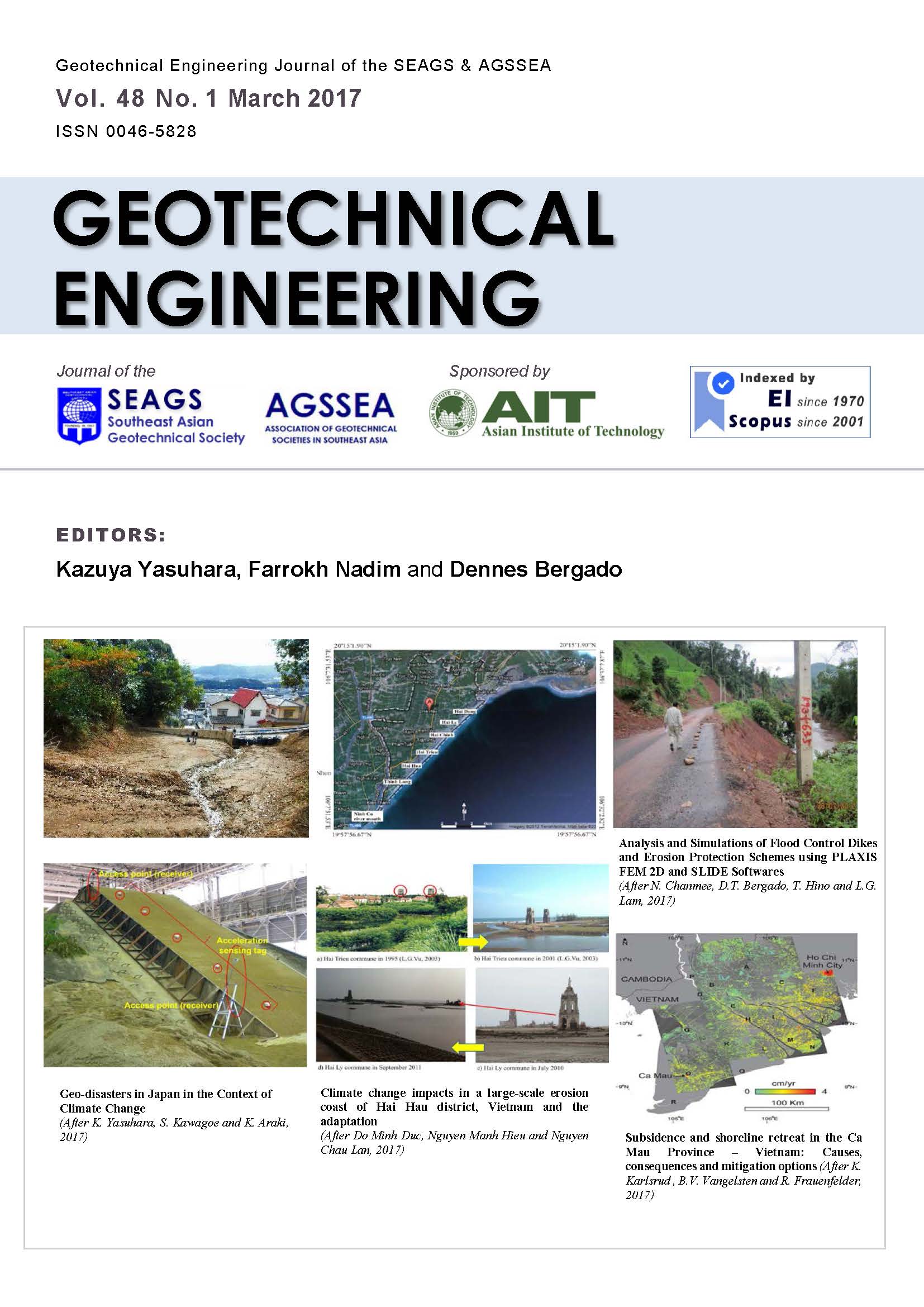Geo-disasters in Japan in the Context of Climate Change
Main Article Content
Abstract
Japan is an area affected strongly by land surface upheaval and by climate change instability. Background evidence of increasing and magnifying geo-disasters includes the following: (i) frequent and extremely severe torrential rainfall; (ii) high and increasing frequency of strong earthquakes (5+ and 6- as the Japan Meteorological Agency seismic intensity scale); and (iii) typhoons with magnified damage effects. Based on a review of that information stated above, an attempt has been made to overview the present situation and future trends of geo-disasters in the context of climate change and to present possible adaptive measures against disasters. Particularly, emphasis is assigned to the importance of the combined effects of plural events, which increases the probability of extreme events, sometimes triggering devastating consequences. Adaptive measures against climate change-associated geo-disasters are presented by classification into software and hardware. Special emphasis is devoted to the availability of information and communication technology (ICT) and information, communication and robot technology (ICRT) involving devices such as IC-sensors and Un-crewed Aerial Vehicles (UAV, drones), which are useful in early warning systems and in simple monitoring systems.
Article Details

This work is licensed under a Creative Commons Attribution-NonCommercial-NoDerivatives 4.0 International License.
Copyright © 2019 Association of Geotechnical Societies in Southeast Asia (AGSSEA) - Southeast Asian Geotechnical Society (SEAGS).


